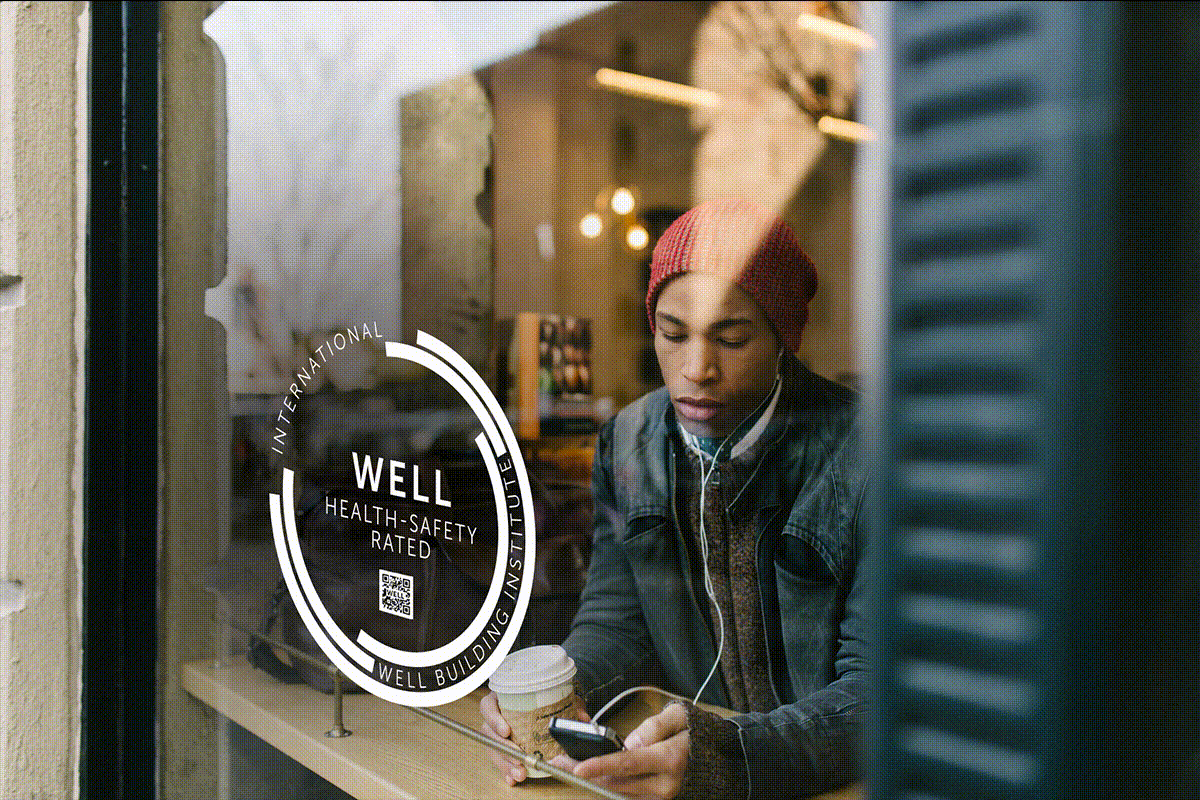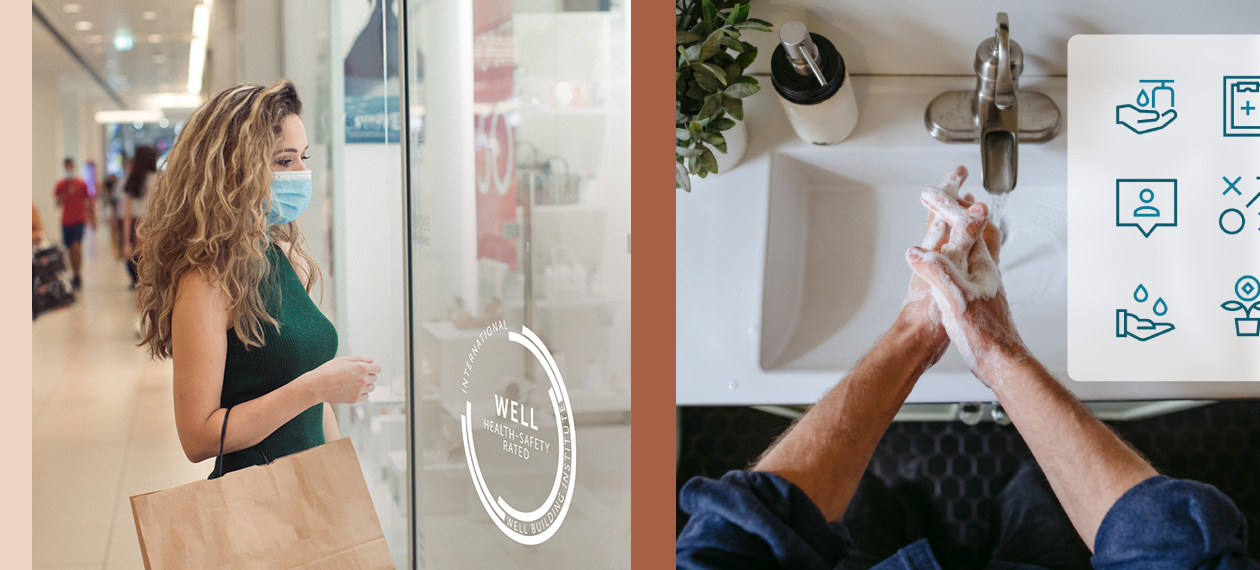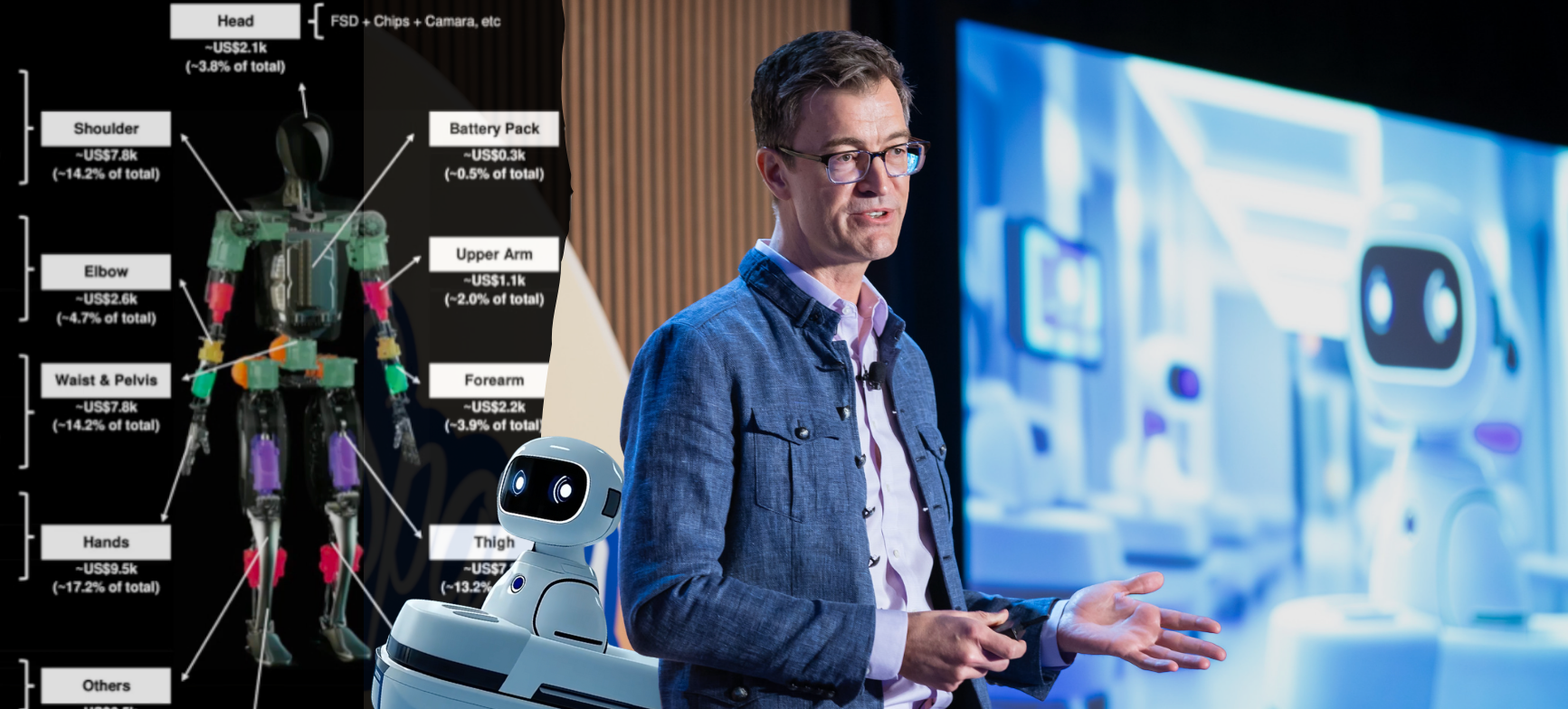Recent times have placed an exceptional premium on safe, healthy buildings. While facilities leaders are doing all they can to ensure that the buildings you visit are promoting good health through clean air, clean water, and natural light, seeing is believing – people want to see that the building itself is safe and healthy. WELL Certification can help with that.
At HealthSpaces (Almost) Live, Dr. Whitney Austin Gray – Senior Vice President of Research at the International WELL Building Institute (IWBI) – shared how health systems can demonstrate the health of their buildings by utilizing WELL Certification to communicate that visibly.
The Universal Value of WELL
IWBI leads the global movement to promote health and well-being through a people first approach in buildings, organizations and communities, and their WELL Building Standard (WELL) is a roadmap for creating and certifying spaces that advance human health and well-being.
WELL Certification provides a unique opportunity for the healthcare sector, Gray said. “The variety of buildings and people that you’ll find on a hospital campus present one of the most complicated challenges when it comes to conveying health and wellness.”
WELL can be applied to any facility type, making it well-suited to navigate the challenges of conveying a safe space to staff members, patients, and visitors.
Making the Invisible Visible
WELL emphasizes the need to consider both seen and unseen elements that directly affect people's health. Gray identified three concept areas within WELL Standards and provided examples of spaces that demonstrate these standards in practice.
AIR
The air we breathe is a significant factor in the quality of any space, and in response to COVID-19, there has been a renewed focus in making air quality a top priority.
In addition to proper ventilation and filtration, cleaning products and other organic and non-organic airborne agents pose immediate consequences to indoor air quality.
Gray referenced the Views of Marion in Iowa, a 33,000-square-foot assisted living facility that achieved WELL with particularly high marks for air quality. “Their use of materials, their focus on odor and natural ventilation, and the use of cleaning products made of natural wood oils are a powerful way to convey how and why the air is clean,” she said.
WATER
“When was the last time you walked up to a workplace kitchen sink and felt that you could get a glass of clean water?” Gray pointedly asked.
Clean water is as critical as it is tricky, as not all contaminants in water are detectable to humans. There is also evidence to suggest when people mistrust water safety, they are more likely to turn to unhealthy beverages.
WELL encourages filtering water on-site for high levels of drinkability, and nudging people to drink that water through signage and other communication strategies. Gray highlighted Cleveland Clinic’s Center for Functional Medicine, praising their regular water filtration testing as one of many innovations undertaken to achieve WELL Certification.
LIGHT
The amount of sunlight that everybody needs to properly regulate circadian rhythm varies, and it is exceptionally difficult for humans to know the exact amount they need of natural light per day.
WELL makes circadian lighting design a top priority, as it has major effects on mood and quality of sleep. Another WELL Certified project that Gray highlighted, the Menno Haven Rehabilitation Center of Pennsylvania, is designed so that 75 percent of all regularly occupied areas within 25 feet of windows have natural light.

If These Walls Could Talk
Each one of these projects resulted in WELL Certifications made visible in both practice and presentation. “These projects are able to convey to their people: we are invested in your health,” Gray said.
While the evidence was already undeniable, COVID-19 has elevated the case that healthy buildings matter, and people want to see how the buildings they inhabit are safer and healthier. To that end, information is empowerment. “People want to trust their buildings,” Gray said, “and the walls aren’t talking.”
Displaying a WELL Certified plaque on any building acts as a reassuring signal that the building is safe, and that will remain true long after the pandemic.
Now more than ever, people are seeking visibly healthy buildings, and have a newfound appreciation for them; even an expectation. As Gray stated, “You don’t want to be asked by a client, an employee, or a patient, ‘What more could you have done to create a healthy safe environment, Only to respond, ‘I don’t know.’ Now, with evidence-based programs like the WELL Building Standard readily available, this poses a huge opportunity for the healthcare industry to be a leader not just in human health, but in the health of the built environment.

Posted by
Collaborate with your Peers!
HealthSpaces is a community for people that plan, design, build and operate spaces where healthcare is delivered.
June 7-9, 2026 | Braselton, GA
Learn More







-2.png)


Comments